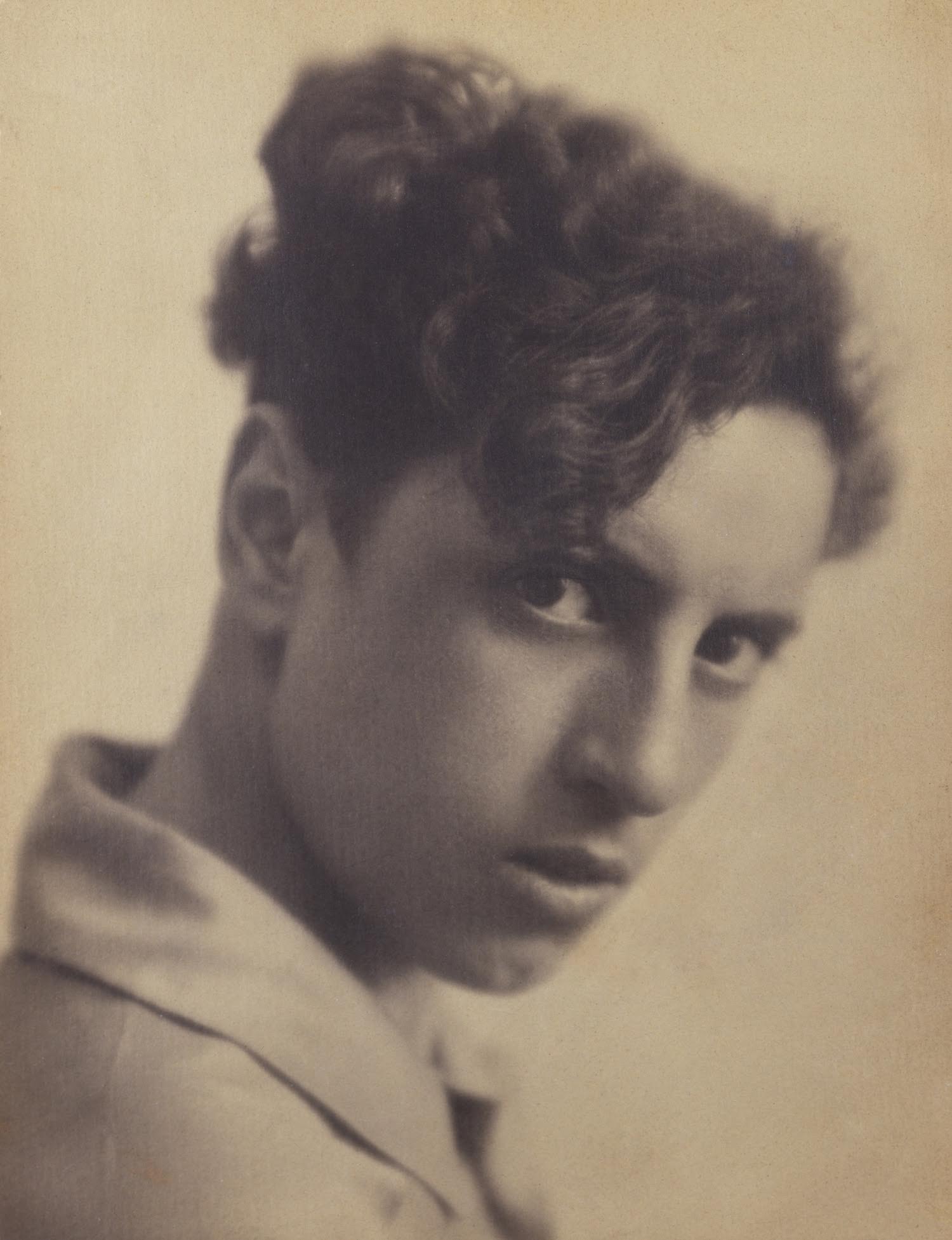Nuoro, MAN Museum – Cagliari and Sassari, Banco di Sardegna Foundation Headquarters
Exhibition curated by Maria Paola Dettori
AR/S – Shared Art in Sardinia is born. The new project of the Banco di Sardegna Foundation begins its journey with a retrospective dedicated to Bernardino Palazzi. Critics have brought him closer, more or less properly, to Degas, Boldini, Sargent, Carena and Casorati. But compared to them, Bernardino Palazzi also knows how to propose other registers, many of which are completely personal, secret, unknown to scholars themselves and to large collectors. Which now, and finally, the retrospective that his Sardinia dedicates to him in three different locations, from 27 November to 14 February, has the merit of revealing. The initiative is carried out by the Banco di Sardegna Foundation which with it launches an ambitious and necessary project: “AR/S – Shared Art in Sardinia”. Starting from the significant art heritage preserved by the Foundation itself, AR/S intends to encourage the networking of public and private collections, offering them to the Sardinian population and guests of the island, often for the first time, in exhibitions spread across multiple locations in the regional territory. All accompanied by moments of in-depth analysis, meetings, workshops, artist residencies and public art projects in the area. The focus of AR/S is concentrated on artistic production in Sardinia from the end of the nineteenth century to today. A focus which, as already confirmed by the exhibition “The indiscreet eye. Bernardino Palazzi. Graphic designer, illustrator, photographer”, curated by Maria Paola Dettori, is not rigidly understood.
If, in fact, Palazzi is of Sardinian origin, having been born in Nuoro in 1907, his artistic activity developed largely between Padua, Venice, Liguria and Milan. Thirty years after his death and almost as many years after the last exhibition dedicated to him (Vicenza, 1987), Bernardino Palazzi is now being investigated in his homeland with the aim of returning him to the history of twentieth-century European art.
There are three exhibition locations: the MAN Museum in Nuoro and the two Foundation locations, in Sassari and Cagliari, which alone would deserve a visit for their architectural features and the artistic complement that characterizes them.
As per the objectives of the AR/S project, this first exhibition brings together works owned by various entities requested by the Foundation: the Banco di Sardegna and the Museo del Novecento in Milan first and foremost, together with various private collectors, Sardinian and otherwise, who have generously accepted the invitation to make their works available alongside those belonging to the collection of the Banco di Sardegna Foundation.
The two offices of the Foundation in Cagliari and Sassari will host the most significant canvases, those which best exemplify the highest moments of the painter’s career: the masterpieces of nude painting of the Twenties/Thirties (in Cagliari) and the theme of collective portrait of the world of intellectuals, like the one captured in the Bagutta painting (in Sassari). Testimony of a worldly and elegant painter, but at the same time much less obvious and simple than it may appear on the surface, for whom the representation of the female body will be a constant theme, a subject loved and investigated throughout his life, but who will have years of work in his works. its excellent results in Milan.
Nuoro, and the MAN Museum, will instead host a rich catalog of graphic and illustration works, accompanied by documentary equipment and interesting unpublished works.
Overall, not an anthology, but an exhibition that presents the artist for what critics and the market unanimously recognized as his goals: the female nude, the portrait and the illustration.
And, together with these key themes, the unpublished and private Palazzi is on display. Including the very private one of erotic drawings and the photographer Palazzi.
We will thus enter the painter’s studio and creative universe, where the theme of the body (and secondarily also of eros) flows like an underground current: and from here it overflows into his entire work, even where one would not imagine it. With the disenchantment of Boccaccio’s novels, the erotic drawings reveal themselves as divertissements in which the author has no hesitation in depicting for himself only a world in which sensuality dictates the law, dominates and overwhelms, without paying attention to roles, age , missions.
The photographic section presents the artist’s personal and private work material: a corpus of study images, where Palazzi portrays himself and, above all, his models, the same ones found in various paintings.
The observation of these materials accompanies the visitor along the painter’s creative path, making him “voyeuristically” an accomplice to the atmosphere of his atelier, never cold and detached, but warm, intimately experienced like the tangled sheets on which they lie down, cheeky or modest. , his models.
Info: www.fondazionebancodisardegna.it
Facebook: AR/S – Shared art in Sardinia

